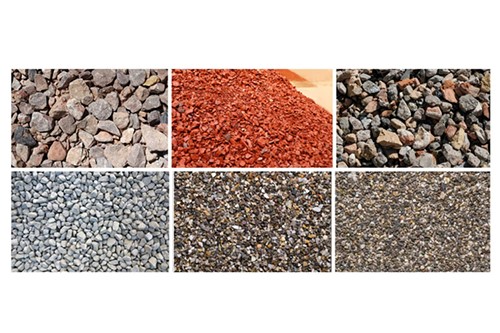ASTM D4236: Ensuring Safety In Art Materials
Introduction to ASTM D4236
ASTM D4236 is a standard developed by ASTM International to ensure the safety of art materials. This standard sets out precise guidelines for labelling art supplies. Manufacturers must use these guidelines to communicate potential health risks. Compliance with ASTM D4236 enables artists, educators and consumers to make informed decisions regarding the materials they use.
The Role of SDS in the Safety of Art Materials
A Safety Data Sheet (SDS) is a detailed document describing a chemical product’s properties. The document provides data on potential hazards, handling procedures and safety measures required to minimise risks.
ASTM D4236 mandates that art materials include specific labelling details about their safety. The SDS supplies detailed hazard information that manufacturers use to produce clear and conformant labels. Consequently, users receive exact information about potential chronic health risks.
Chronic Health Risks in Art Materials
Common Hazards Identified by ASTM D4236
Art materials may contain various chemicals that present chronic health risks. The hazards include:
- Respiratory Problems: Inhaling dust or fumes may cause breathing difficulties.
- Skin Irritation: Extended contact with certain materials may induce dermatitis or other skin conditions.
- Toxicity: Ingesting or long-term exposure to particular substances can cause toxic effects.
Risk Mitigation Through Proper Labelling
Manufacturers provide clear safety information by following ASTM D4236. They advise on using personal protective equipment, ensuring proper ventilation and applying safe handling practices. These measures reduce exposure to harmful compounds.
Compliance with Regulations and Recommended Practices
Steps for Manufacturers to Comply with the Regulations
Manufacturers must conduct hazard assessments. They then develop accurate labels using information from the SDS. They also provide additional instructions to educate consumers about the risks.
Recommended Practices for Consumers
Consumers should read labels carefully. They must refer to the Safety Data Sheet for detailed handling and safety information. They should wear gloves, masks or other protective equipment as recommended.
Table: Common Art Materials and Their Associated Health Risks
|
Art Material |
Potential Chronic Health Risks |
Safety Measures |
|
Acrylic Paints |
Respiratory irritation |
Use in well-ventilated areas |
|
Oil Paints |
Potential skin sensitisation |
Wear protective gloves when handling |
|
Solvents |
Neurological effects |
Employ appropriate protective masks |
|
Pastels |
Risks from dust inhalation |
Use dust masks and work in ventilated spaces |
|
Printing Inks |
Reproductive toxicity |
Follow the handling instructions precisely |
Frequently Asked Questions
What is the purpose of ASTM D4236?
ASTM D4236 sets guidelines for labelling art materials so that potential chronic health risks are clearly indicated. This ensures the safety of users.
How does an SDS complement ASTM D4236?
An SDS provides detailed information on a product’s hazards. Manufacturers use this data to create labels that meet ASTM D4236 requirements.
What are common chronic health risks found in art materials?
Common risks include respiratory issues, skin irritation and toxicity from prolonged exposure to certain chemicals.
How can consumers protect themselves when using art materials?
Consumers should read labels carefully, refer to the SDS and use the recommended protective equipment such as gloves and masks.
Must all art materials comply with ASTM D4236?
Yes, ASTM D4236 requires manufacturers to ensure that every art material bears a label with clear information about all chronic health risks.

 Bars
Bars
 Beads & Spheres
Beads & Spheres
 Bolts & Nuts
Bolts & Nuts
 Crucibles
Crucibles
 Discs
Discs
 Fibers & Fabrics
Fibers & Fabrics
 Films
Films
 Flake
Flake
 Foams
Foams
 Foil
Foil
 Granules
Granules
 Honeycombs
Honeycombs
 Ink
Ink
 Laminate
Laminate
 Lumps
Lumps
 Meshes
Meshes
 Metallised Film
Metallised Film
 Plate
Plate
 Powders
Powders
 Rod
Rod
 Sheets
Sheets
 Single Crystals
Single Crystals
 Sputtering Target
Sputtering Target
 Tubes
Tubes
 Washer
Washer
 Wires
Wires
 Converters & Calculators
Converters & Calculators
 Write for Us
Write for Us




 Chin Trento
Chin Trento



